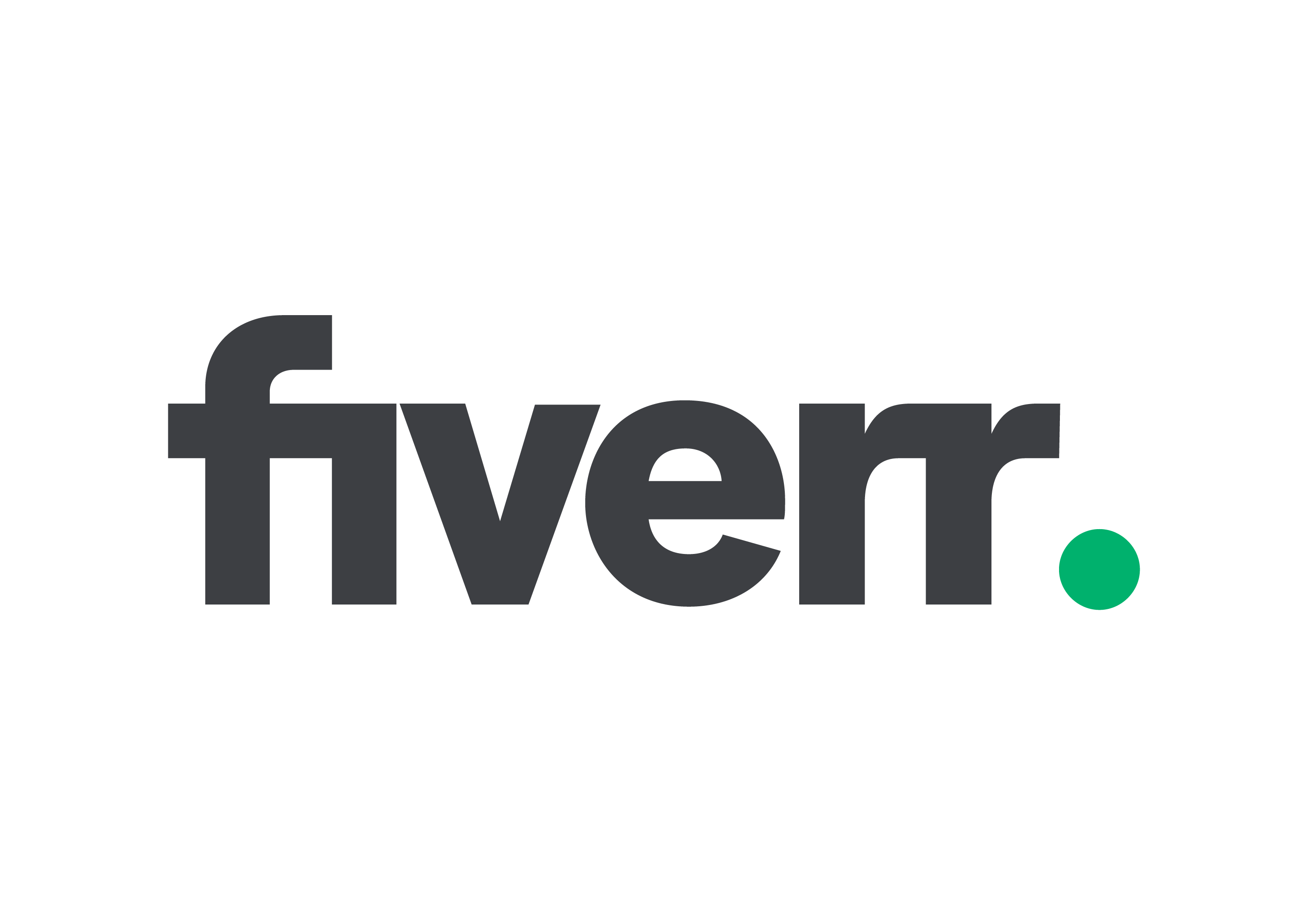
Efficient expense tracking is a common challenge for organizations of all sizes. Manual processes often result in errors, inefficiencies, and a lack of transparency. Businesses also need help aligning employee spending with company policies, which can impact budgets.
Modern expense management software solves these challenges, automating expense tracking and integrating features like corporate card management. This ensures a streamlined approach to financial operations.
Below, we explore how this software can transform business expense handling while saving time and money.
What Is Expense Management Software?
Expense management software automates the process of recording, tracking, and reimbursing expenses. This tool allows businesses to streamline tasks like receipt submission, approval workflows, and compliance checks.
This software often integrates with corporate card systems to provide real-time transaction tracking. Integration enables finance teams to monitor spending and identify discrepancies without manual reviews.
Key Features of Expense Management Software
- Automated Expense Tracking: Tracks all expenses in one system for transparency.
- Policy Enforcement: Automatically flags policy violations for quick corrections.
- Corporate Card Integration: Links spending data from corporate cards for accurate reporting.
- Receipt Management: Simplifies uploading, storing, and processing receipts digitally.
- Customizable Reports: Offers tailored insights for better financial decision-making.
Saving Time with Expense Management Software
Reducing Manual Work
Manual processes, like entering data into spreadsheets or reviewing receipts, consume significant time. Expense management software eliminates these tasks by automating data entry and approval workflows. Employees can submit expenses with a few clicks, and finance teams can process them without delays.
Streamlining Corporate Card Transactions
Businesses that use corporate cards often need help with tracking individual transactions. Expense management tools integrate with these cards, ensuring every transaction is logged automatically. This integration minimizes time spent reconciling statements.
Faster Approvals
Approval workflows can delay reimbursements, especially when multiple authorization levels are needed. With this software, automated notifications ensure that approvals are completed quickly. Managers can review and approve expenses on the go, providing a faster process.
Reducing Costs with Expense Management Software
Minimizing Errors
Errors in manual expense tracking can lead to overpayments or compliance issues. Expense management software reduces these errors by automating calculations and identifying discrepancies. Accurate expense reporting leads to cost savings and improved financial oversight.
Monitoring Spending in Real-Time
Real-time expense tracking provides businesses with immediate insights into spending patterns. Integrated corporate cards give finance teams access to transaction data, helping them identify and address unnecessary expenditures.
Enforcing Policy Compliance
Non-compliance with company policies can result in excess spending. This software enforces policies by flagging out-of-policy expenses during submission. Compliance ensures better budget control and cost management.
Eliminating Paper-Based Processes
Managing physical receipts and paper-based forms adds hidden costs to expense management. Moving to a digital system eliminates these costs, saving money on administrative tasks and storage.
The Role of Corporate Cards in Expense Management
Corporate cards are essential for managing business spending efficiently. They simplify employee payments for travel, meals, and other work-related costs. Integrating these cards with expense management software improves oversight and eliminates manual reconciliation.
Benefits of Integration
- Simplified Reconciliation: Automatically matches transactions with submitted expenses.
- Real-Time Tracking: Updates expenses as transactions occur.
- Policy Enforcement: Flags out-of-policy spending at the transaction level.
- Improved Visibility: Provides detailed insights into spending patterns for analysis.
Use Cases of Expense Management Software
Small Businesses
Small businesses often operate with limited resources and need tools to optimize processes. Expense management software provides automation and ensures budget compliance, helping them save time and money.
Mid-Sized Enterprises
For mid-sized enterprises, managing employee spending across departments can be challenging. This software centralizes expense tracking, enabling companies to enforce policies and gain actionable insights.
Large Corporations
Large corporations experience high transaction volumes, requiring scalable solutions. Integrating corporate cards with expense management software ensures efficient transaction handling across multiple locations.
Steps to Implement Expense Management Software
- Define Goals: Identify critical objectives, such as reducing errors or improving compliance.
- Evaluate Features: Ensure the software integrates with existing systems, including corporate cards.
- Train Employees: Provide training to ensure employees understand how to use the tool effectively.
- Monitor and Adjust: Regularly review system performance and make adjustments as needed.
Key Considerations for Choosing Expense Management Software
Scalability
Select a tool that supports business growth. This ensures the system can handle increased transactions as the company expands.
Integration Capabilities
The software should integrate with accounting platforms, payroll systems, and corporate cards for seamless data flow.
Ease of Use
Adopting user-friendly software minimizes employee resistance and accelerates implementation.
Data Security
Ensure the platform has robust security features to protect sensitive financial data.
Common Challenges and How to Overcome Them
Resistance to Change
Employees may resist new systems because they are unfamiliar with them. Providing training and highlighting the benefits of automation can ease the transition.
Implementation Costs
Initial setup costs may seem high, but the long-term savings outweigh the investment. Carefully evaluate the ROI to justify the expense.
Policy Alignment
It is essential to ensure that expense policies align with the software’s capabilities. Customize the tool to match your company’s guidelines.
Streamlining Business Processes
Expense management software has become indispensable for businesses striving to improve operational efficiency. Its ability to automate expense tracking reduces the reliance on manual processes, minimizing errors and saving valuable time for employees and finance teams. By integrating corporate cards, this software ensures seamless transaction management, offering real-time visibility into spending. This level of transparency helps maintain compliance with company policies and enables businesses to identify and eliminate unnecessary expenses.
The transition to digital expense management delivers measurable benefits for businesses of all sizes. Small businesses can better manage limited resources, mid-sized enterprises can ensure department-wide consistency, and large corporations can efficiently handle high transaction volumes across locations.
Additionally, the cost savings achieved through accurate reporting and reduced administrative tasks allow companies to allocate resources to other critical areas. Implementing this software is a strategic investment, empowering businesses to streamline financial operations and achieve long-term growth.

